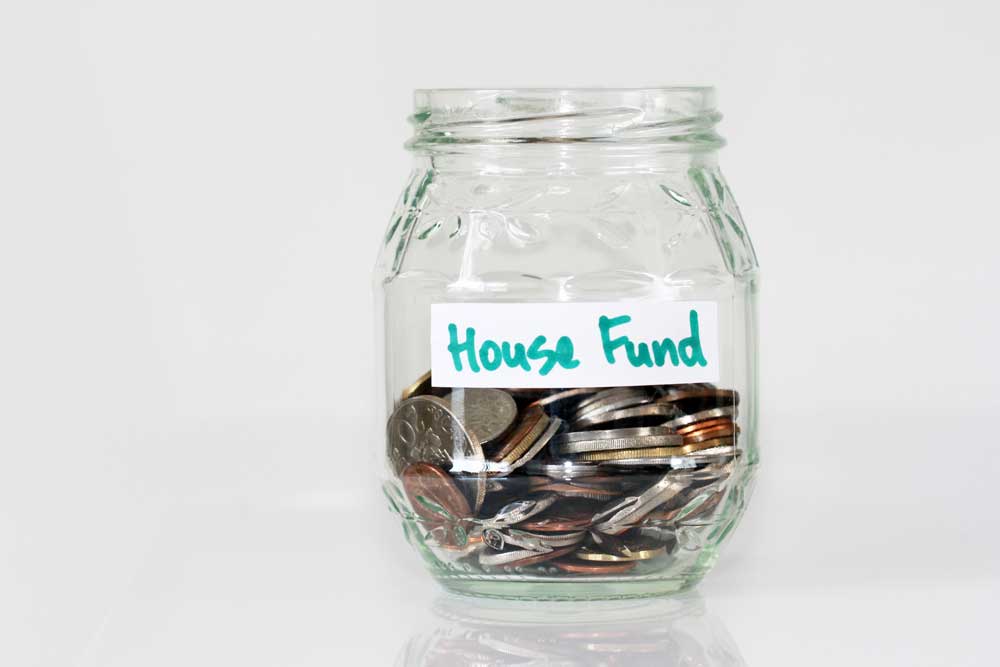
Last updated on August 16, 2021
If you’re asking yourself: can I afford a vacation home and, if so, how much vacation home can I afford?, you should consider the following:
- Size of your down payment
- Your debt to income ratio
- Rental income
- Equity from primary residence
Be sure to explore our Can I Afford a Vacation Home Calculator to better understand what you can afford.
Affording a Vacation Home
Many people who enjoy traveling to the same spot year after year will consider purchasing a vacation home. Not only are you able to visit your favorite destination every year, but you can also often enjoy a strong return on investment through appreciation in the value of the home. Financially, however, this isn’t always an easy decision. For homeowners who will need to take out a second mortgage, they often ask themselves how much vacation home can I afford?
There are a few ways to evaluate whether you can afford a vacation home and, if so, how much home you can purchase. The following are some of the primary considerations to keep in mind.
How Down Payment Impacts Affordability

Typically your down payment must be at least 5% of the purchase price, which will limit your affordability. Depending upon the price of your home and your lender’s requirements, a down payment of 20% or more may be required. Using 5% as an example, if you’ve managed to save up $25,000, then the maximum vacation home you can afford is $500,000 ($25,000 / 5%) regardless of your debt to income ratio (see below for further discussion). Assuming 20% is required, then the maximum vacation home you can afford is $125,000 ($25,000 / 20%). Be sure to speak to your lender to determine exactly what level of down payment is required.
Using Debt to Income Ratio
Your debt to income ratio will be a primary factor when deciding how much vacation home you can afford. Your debt to income ratio is the percentage of your gross monthly income that goes to paying your monthly debt payments (total monthly debt payments divided by gross monthly income). When it comes to your total debt to income ratio, most financial experts recommend keeping it at a rate of 30% or less for home expenses and no more than 43% overall. Most lenders also have their own specific criteria on limits. Of course, the lower your debt-to-income ratio is, the better.
Some lenders will allow you to have a higher ratio but the primary determination of your personalized ratio will depend on your own financial situation. For example, if you have a higher down payment available, you’ll be in a better financial situation as you will require less debt to purchase the home. Additionally, a higher credit score may mean that you can borrow with a higher ratio. Most lenders are going to want borrowers with a credit score of at least 640 or higher. Again, speak to your lender to determine their requirements.
So, how does all of this translate into what you can afford? For illustrative purposes let’s use a ratio of 43% overall and assume a gross monthly income of $10,000 (before taxes). This means that your total debts, including mortgage, home insurance and property taxes on your vacation property, can equal up to $4,300 per month (43% of $10,000). If payments for your primary residence total $1,500 each month and other personal loans total $1,300 per month, this means that you can afford to pay $1,500 per month for a vacation home ($1,500 + $1,300 + $1,500 = $4,300). Depending on the size of your down payment, this means that you can likely afford a vacation home with a purchase price of around $350K-450K on a 25 year amortization period based on current interest rates (try our vacation home mortgage calculator here).
How Rental Income Impacts Affordability

Offsetting the costs of owning a vacation home through rental income is a great way to stretch your dollar further and increase your borrowing capacity. Depending upon the lender, they may give you credit for up to 70% to 75% of the projected fair market rents (in Canada and the US, respectively) determined with an appraisal when buying a vacation home.
Using the above example, let’s say you’re looking to purchase a vacation home with an income suite. Your monthly mortgage is $1,500 for your primary residence and you have other monthly debt payments totaling $1,300. Now let’s also assume that your monthly vacation home payments will be $2,500. That would put your debt to income ratio at 53% overall ($5,300 / $10,000), or 10% in excess of what lenders will typically permit. But let’s also assume that you can expect to generate $1,500 per month in rent from the income suite. 70% of $1,500 is $1,050 meaning that, from a lender’s perspective, your debt to income ratio is now a more modest 42.5% overall (($5,300 – $1,050) / $10,000).
Of course, each lender has their own criteria so be sure speak with your lender as to how much credit you can expect from the rental income. You can also expect to pay 25 to 50 basis points higher for these types of mortgages as compared to owner-occupied home mortgages.
Borrowing Against Value of Existing Home
If you have equity built up in your primary residence, you may also be able to borrow against the value of your home to maximize your vacation home borrowing power. This can be achieved in a few different ways (e.g. home equity line of credit, second mortgage etc.) but the principle is the same: extracting value through the difference between the value of your home and the unpaid balance of your current mortgage. Click the video below for a brief description of how a home equity line of credit works.
Let’s say your home is worth $400,000 and you owe $100,000 on your mortgage. You’d have $300,000 in home equity. Assuming you can borrow up to 80% of the value of your home less the amount you owe (which varies by lender), you would have up to $220,000 (80% of $400,000 less outstanding mortgage of $100,000) at your disposal towards an investment in a vacation home. At even 50% of the value, you will still have $100,000 available.
Of course, this option is only available to homeowners that have seen appreciation in the value of their home and/or paid off a large portion of their mortgage. In any case, this may be a viable option for many homeowners.
Owning a Vacation Home
Owning a vacation home is a lifelong dream for many and, with some creative financial planning, it may be more attainable than you think.
Be sure to check out our further resources on buying a vacation home and owning a vacation home, including everything you need to know before buying.
